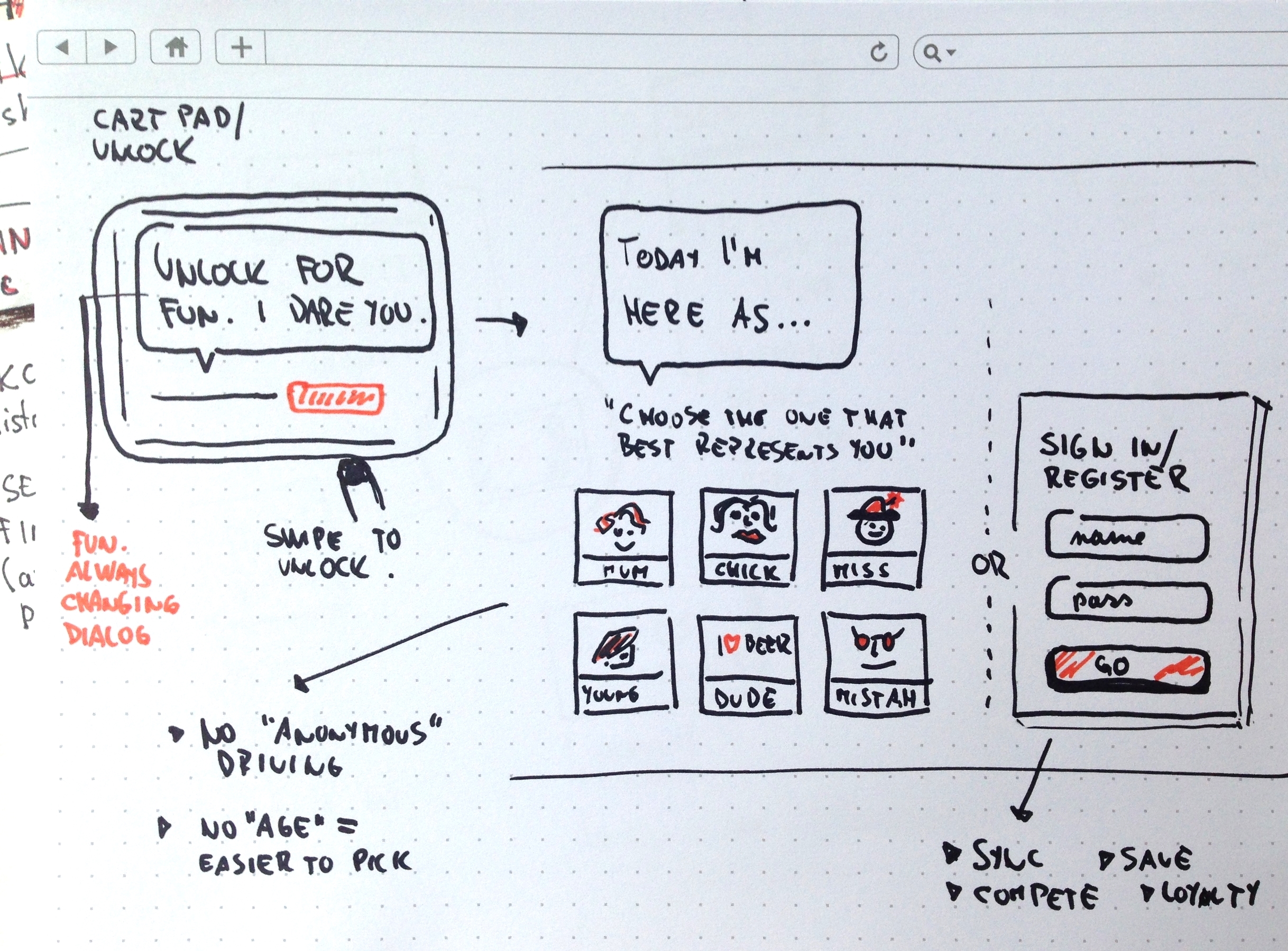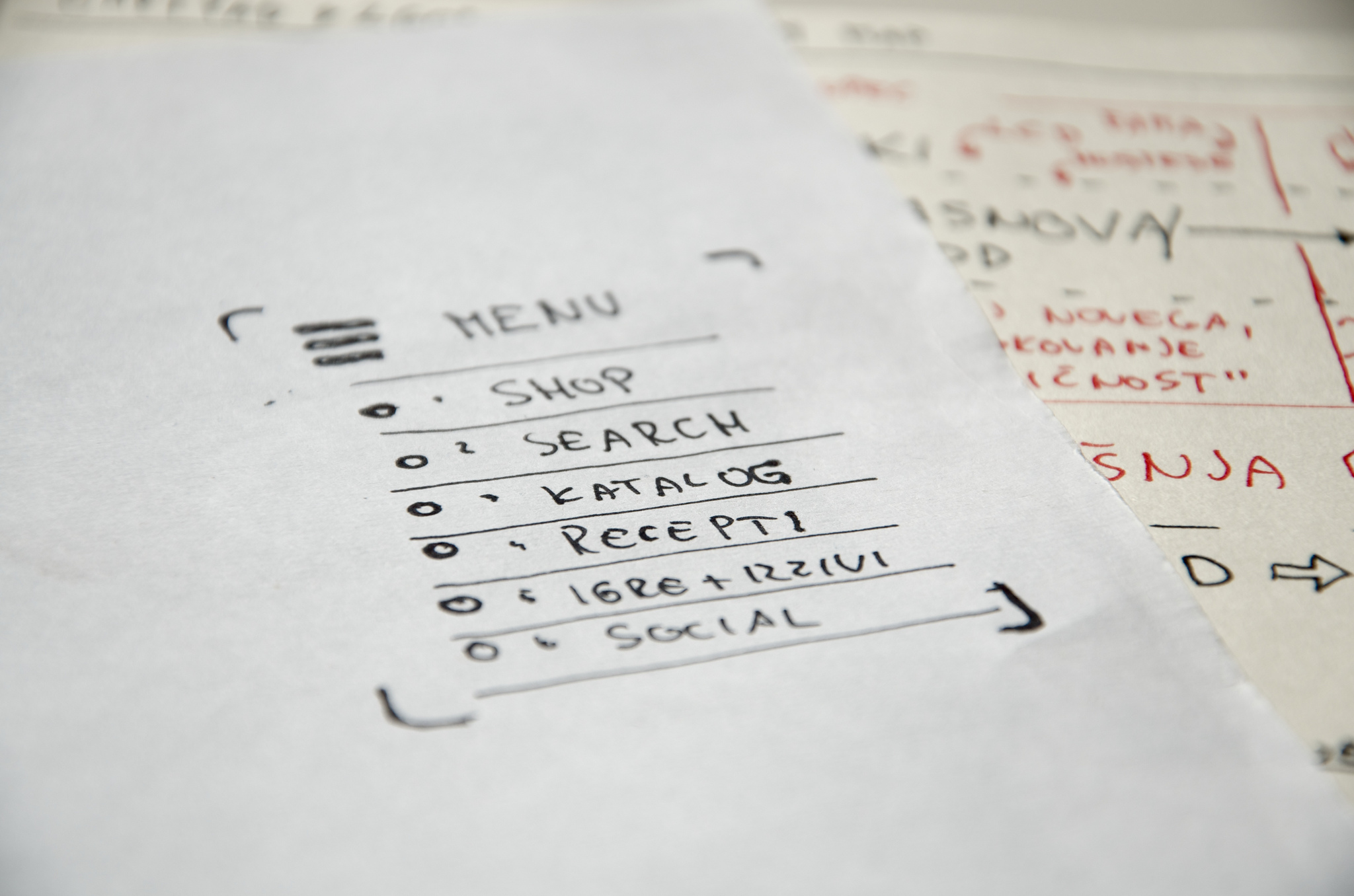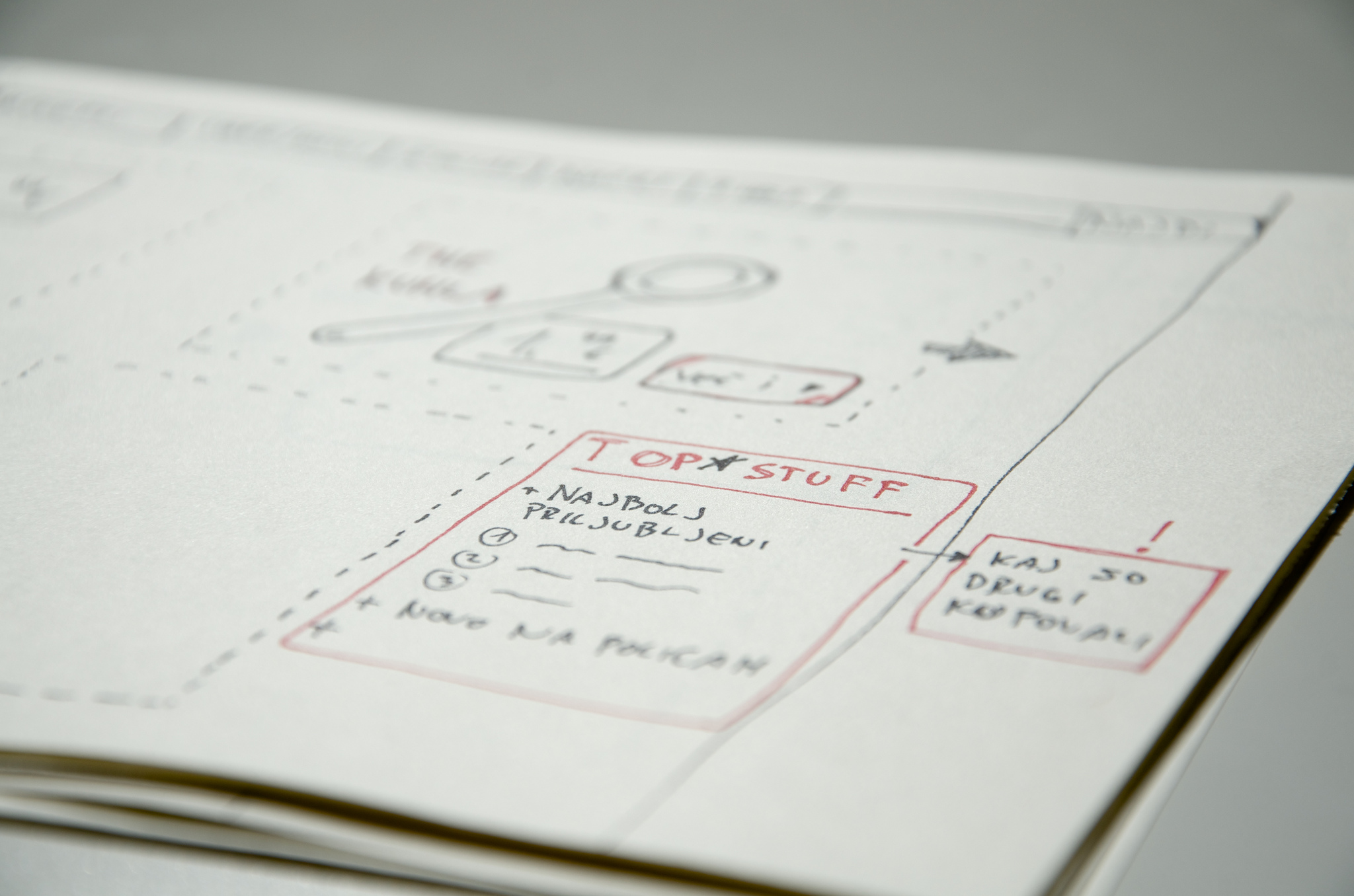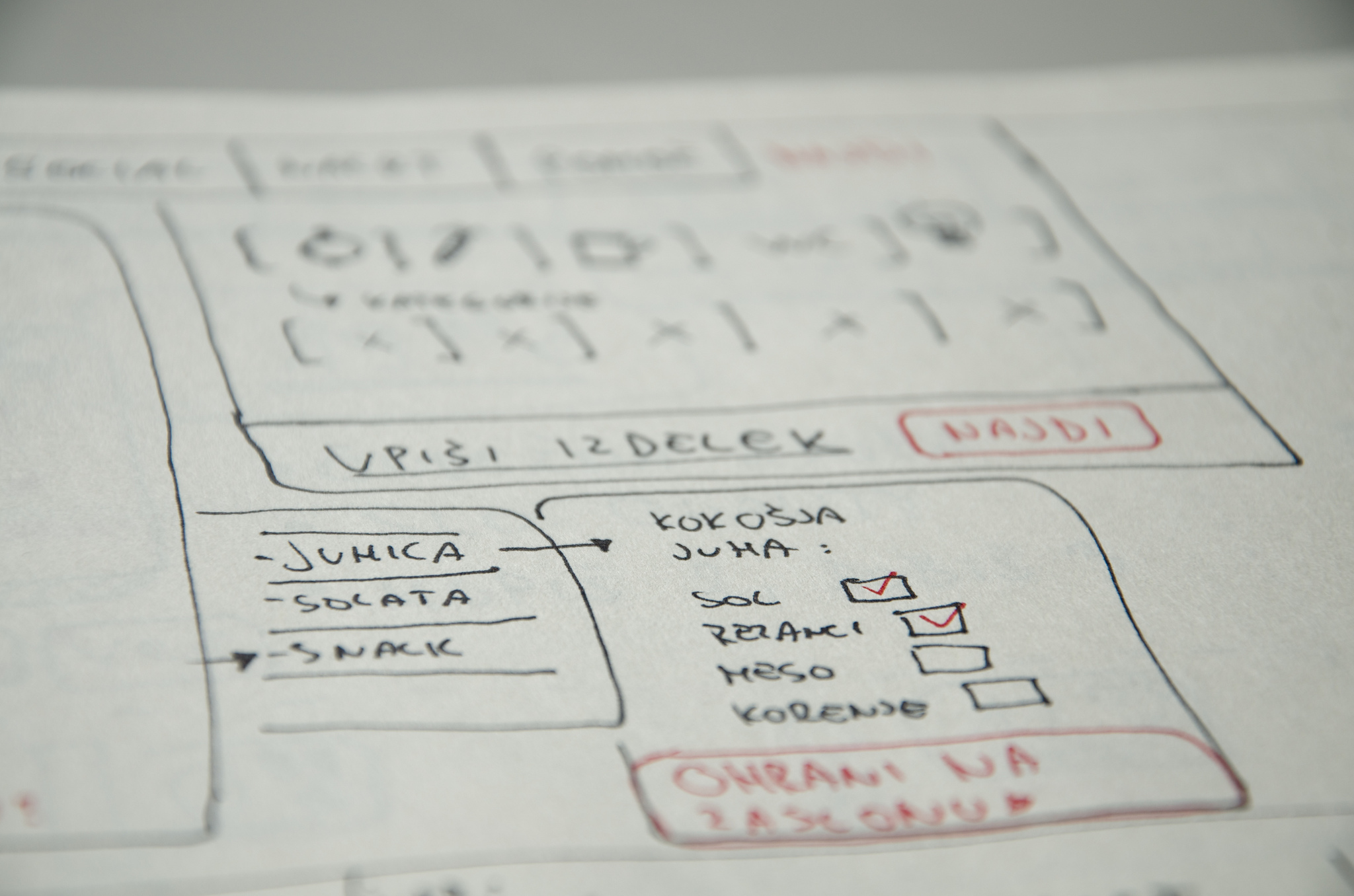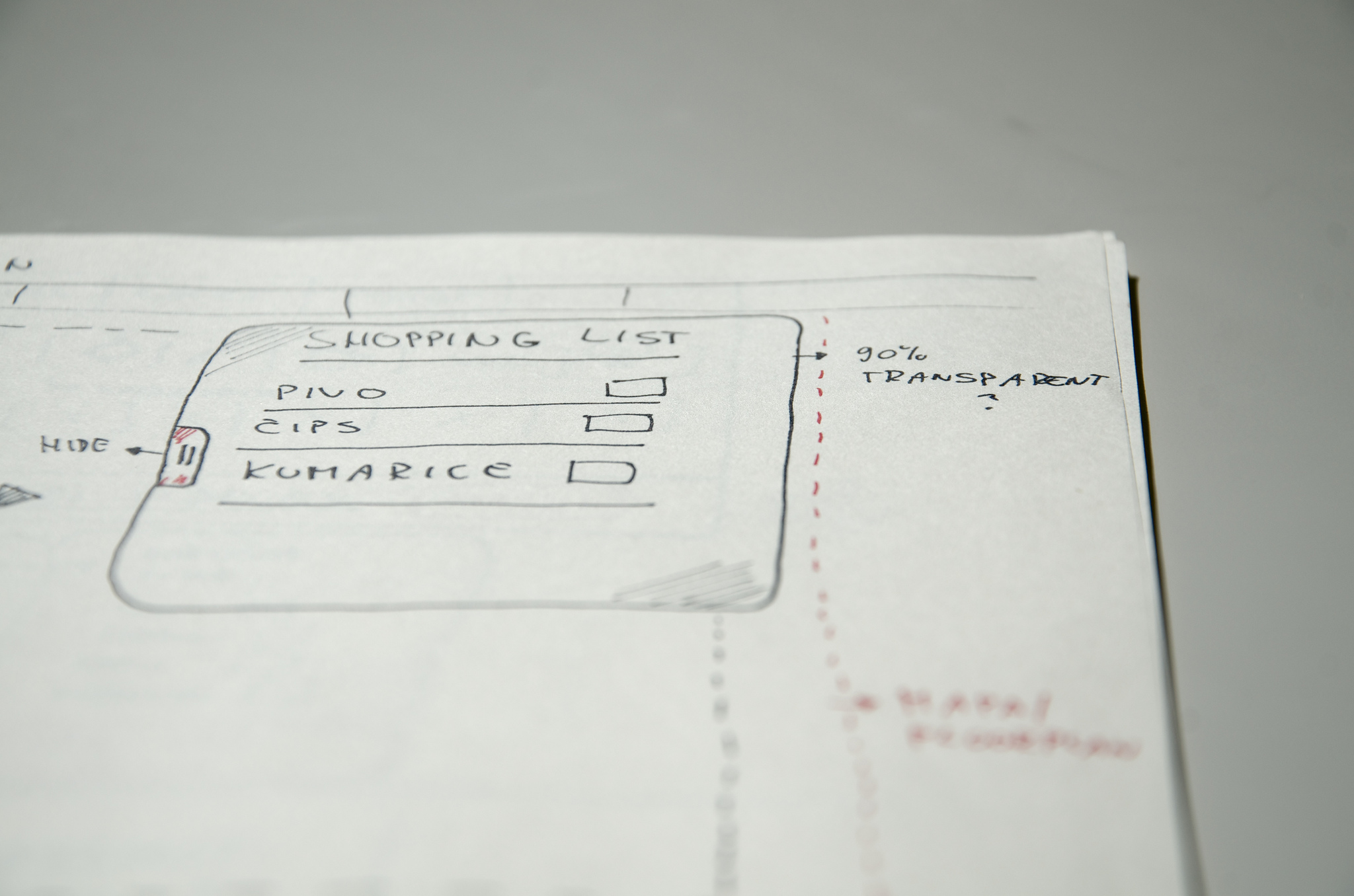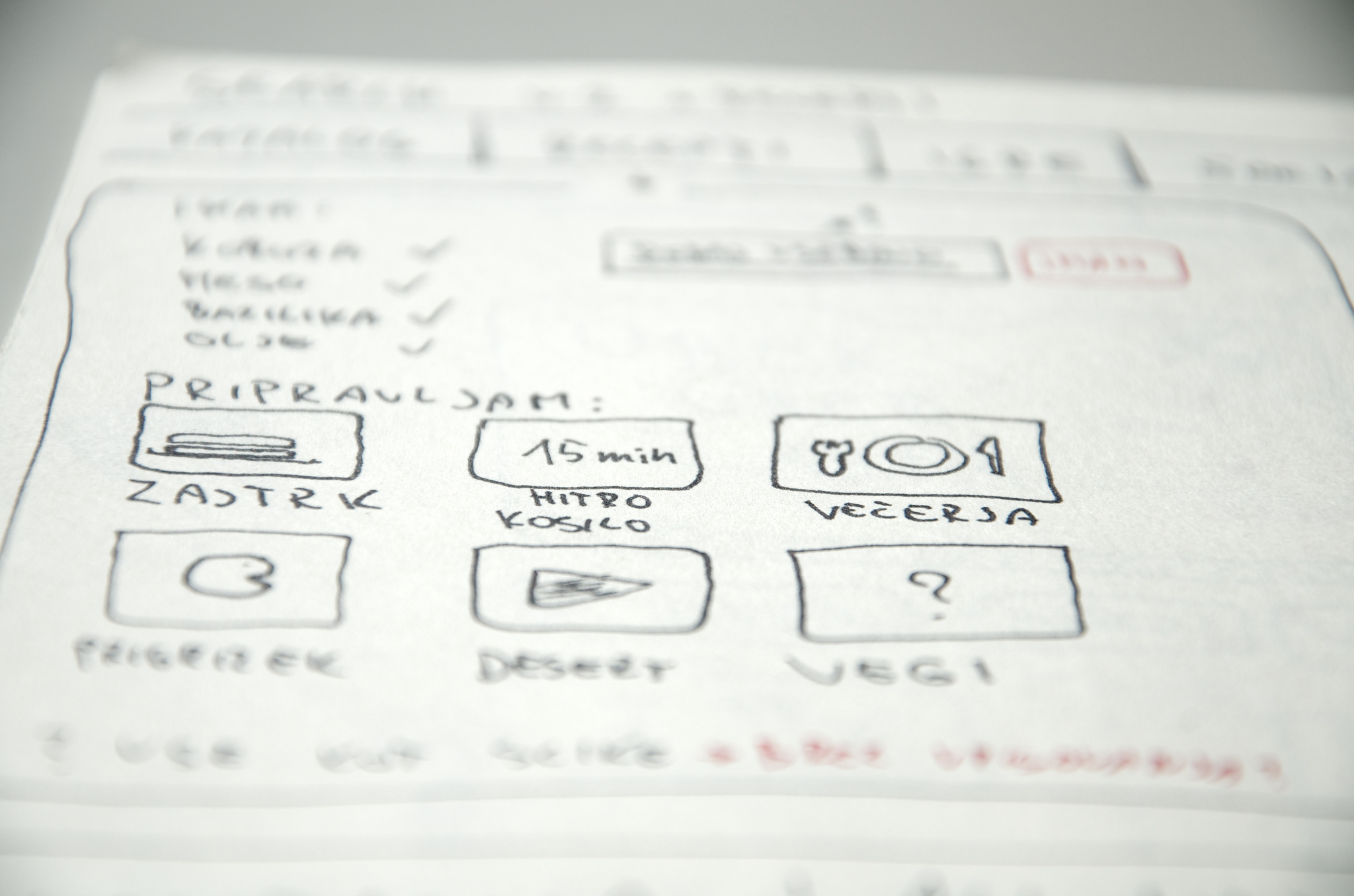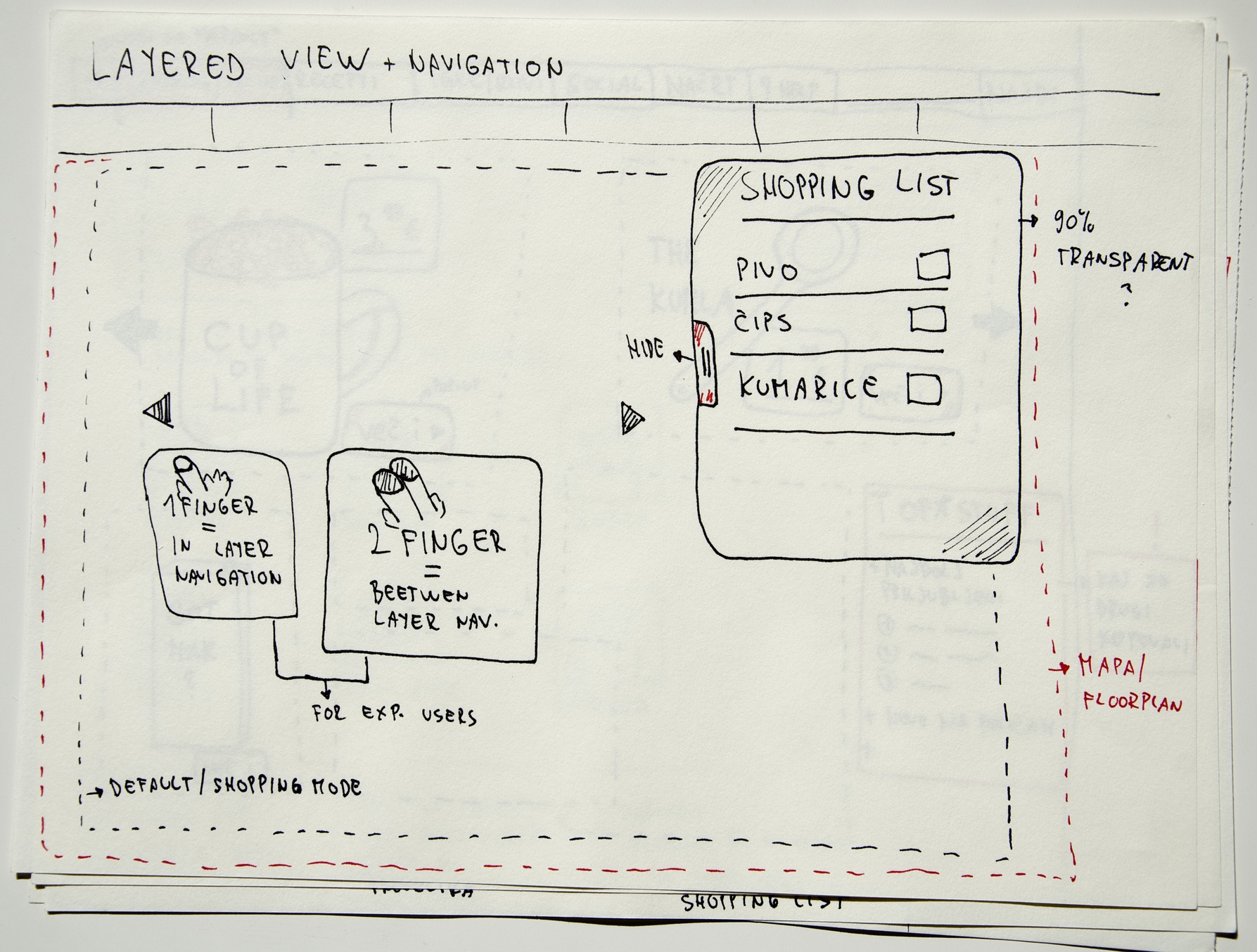2011. Slovenia and the Netherlands.
Summary
CartPad is the vision of a smarter shopping cart and a vision of a reimagined shopping experience. The idea was pitched to Spar International and the research findings have been used to develop the 2020 strategy that envisions the future of retail experience.
Background
CartPad was a project started by an ambitious European team who pitched it to Spar international. The international team of experienced business developers and IT experts joined forces to offer a superior product that would enrich the shopping experience. They invited me to help them define the problem, design the personas, understand the customer journey and build the bridge to future users. As well as design the first prototype.
Research goal
The goal of the team was to sell the prototype while my goal was to define the problem and only after that design potential solutions. Main goal was to understand the shopping habits of families and individual users and understand the behavioral patterns. Mostly, I was interested in the bigger picture, how does shopping as an activity fit in the day in a life of a family. And how can technology better the experience.
Methodology and methods
Action Design Research (ADR). Contextual Inquiry. Interviews. Mobile ethnography. Participatory design.
Outcomes
- Research proceedings and prototypes sold to Spar
- Research used to develop the strategy for the future of retail
- Smart CartPad prototype
- Future of shopping scenarios with dynamic personas and several user journeys
Contextual Inquiry
As a research warm up, I spent ten days observing other people before, during and after their shopping experience. I asked 2 families, a young bachelor and elderly couple to accompany them on their shopping trip. I used a modified talk-aloud protocol method combined with the contextual inquiry. By the end, I conducted interviews, mostly to answer any questions left open.
The dynamic persona
I found out that there is really no distinguished set of typical shopping personas. It is almost as if a shopping mall transforms itself during different times. For example, in the morning you see older couples, between 4-6pm you see the busy parents and after that you see youngsters stacking up for the long night ahead.
After observing the interactions happening in supermarkets, stores and malls, 6 personas stood out:
- The busy mum
- The chick
- The lady with the hat
- The Young & wild
- The real dude
- The usual couple
User Journeys
The user journeys were done together with the whole team of business developers and IT guys to get all stakeholders to buy in. It was important to either account for all personas or to focus on one. That was the main challenge and the reason behind extensive user journey mapping.
We decided to cover mainly the busy parents who shop with families. This was also the user group I was already working with in my previous research.
The first user journey map (above) and the second iteration (left) as done by the stakeholders involved.
Shopping as an experience. Service first.
The first design iterations were not about the smart CartPad at all. I started creating the service blueprint to map all the important touchpoints and activities that influence the overall experience.
We created an experience map which showed the main frustrations and pain points which should be addressed. Namely, the act of shopping in the store is just one step in the otherwise complex chain of events. There’s planning before, planning during and all the post-festum activities.
The CartPad decision should be made way ahead of the shopping act itself. The Pad is simply a touchpoint.
After that, I asked the users to participate in a future design workshop. I needed their help in answering my main question:
What if the store or even the whole shopping mall would be a fluid experience adapting to its current visitors?
CartPad prototype
The final CartPad prototype reflected the question from above. If the adaptive shopping mall is the vision for the future, the CartPad is the vision for tomorrow. The prototype consists of a tablet device mounted on the shopping cart.
v 1.0 = Social shopping
- The first iteration of CartPad consisted of 5 components:
- Shopping guide (search & classic promo catalog)
- Map/Guide (find your way around the store)
- Cooking (your recipes, auto-generate lists, suggest ingredients)
- Social (Referrals, Friends in store)
- Games & Challenges (Keep people engaged, e.g. kids, loyalty programs)





